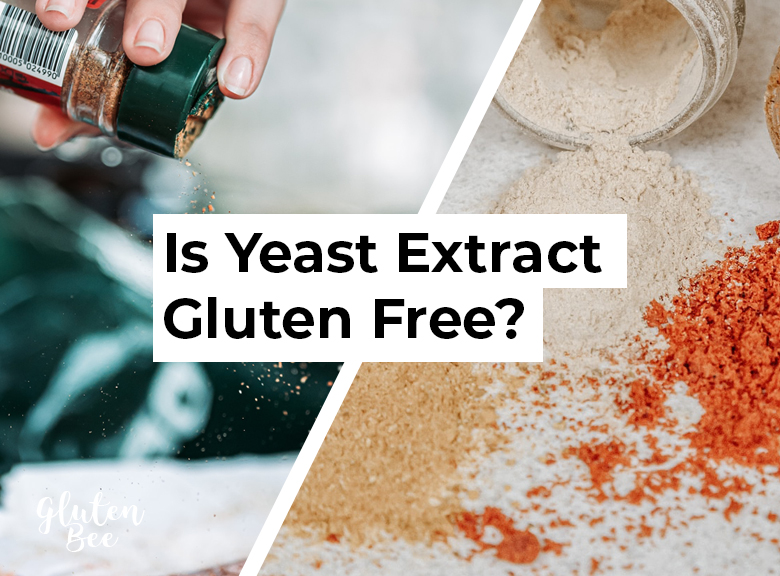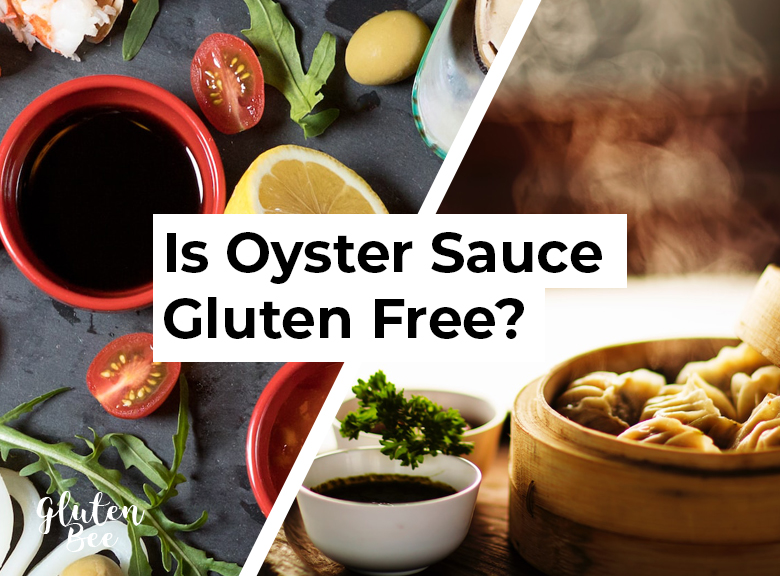The history of oyster sauce can be traced back to ancient China. Oyster-based condiments have been used in Chinese cuisine for centuries, however the exact origins of oyster sauce are somewhat unclear. It is believed that oyster sauce was first created in the southern coastal regions of China, where oysters were abundant. The process of making oyster sauce involved simmering oysters in water until their juices were released. This liquid was then thickened and flavored, resulting in a rich and savory sauce.
The early versions of oyster sauce were likely made purely from oysters and their juices. Over time, additional ingredients such as soy sauce, sugar, and seasonings like garlic and ginger were added to enhance the flavor. This helped to balance the brininess of the oysters and create a more complex and versatile sauce.
Oyster sauce gained popularity in Chinese cuisine and eventually spread to other parts of Asia, including Thailand, Vietnam, and the Philippines, where it became a staple ingredient in many dishes. Its umami-rich flavor and ability to add depth to various recipes made it widely used in stir-fries, marinades, and dipping sauces.
What is Oyster Sauce?
Oyster sauce is a popular condiment in Asian cuisine, particularly in Chinese and Thai cooking. It is made from oysters that are cooked and then simmered in water until their juices are released. This liquid is then thickened with cornstarch or other thickeners and flavored with soy sauce, sugar, and sometimes additional seasonings.
Let’s find out if this traditional Asian condiment contains any wheat or gluten ingredients . . .
Related question: Is Soy Sauce Gluten Free?
Read moreIs Oyster Sauce Gluten Free?









